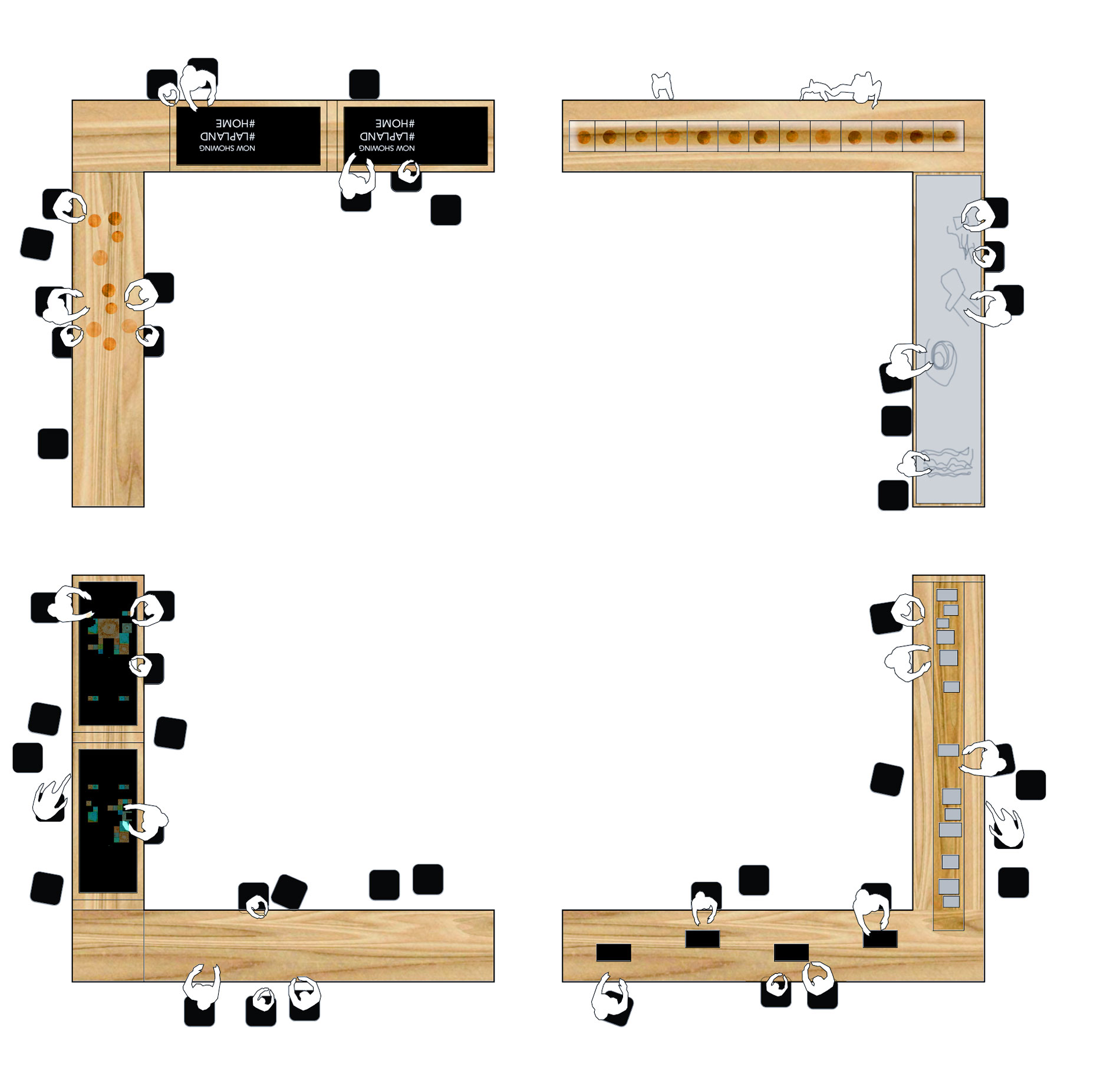
TWRB Foundation Archive Competition, 2016
(Shared 1st prize)
Trails imagines the Tapio Wirkkala Rut Bryk Foundation archive as a vast yet elusive landscape of interconnected items, where curatorial paths await discovery. Potential of the collection emerges from the interaction between the archive and subjects looking for meanings within its content.
Instead of trying to organize a consensus of opinion on the legacy of Tapio Wirkkala and Rut Bryk, the proposal for the Wirkkala Bryk archive strives to do the opposite. Trails challenges the problem-solving paradigm of design by offering no singular solution to a ‘problem’ but rather celebrating its complexity, and the polyphony of possible interpretations.
Archives have historically served as the collective memory of societies, executing ideological choices of what was considered worth remembering. This operation of a selective memory has been expressed by storing, organizing and exhibiting historical objects, through which archival institutions have educated the public on the past as a linear narrative. This memory function of archives lingers to this day, but as knowledge expands in an increasingly heterogeneous democratic society, there can no longer be a single universal understanding of the past, nor the future. Instead of proposing simplified answers, the contemporary archive is liberated to become a place of inquiry and exchange of ideas.
Instead of neutrally welcoming observers, the proposal Trails challenges visitors to become active participant-authors in the making of the exhibition. The Archive questions the meaning of its own content by laying out the material in unorganized form for the consumption of the public. To confront the vast Landscape of the exhibition, the proposal introduces the Compass: an architecture of inquiry into the archive. It is this continuous inquiry that validates the archive as a living institution of memory.
Similarly, design objects are validated by being distinguished as such, again and again, continuously renegotiated amidst the volume of goods on display all around us. Trails is concerned with providing a framework and tools to provoke discovery of how art and design gain their meaning, asking why and how a given object or narrative comes to dominate the design discourse.
Trails seeks connectivity between individual objects and participants; between ideas and bodies. Design objects can be thought of as the materiality of ideas in an increasingly digital world, where impressions rush by, leaving minds unaffected. An object embodies a persistent idea in form and matter, proposing an invitation to live in a shared world. As human communication has less and less to do with actual confrontation in physical space, the establishment of a physical archive in time and space can provide a rare social platform to set stage for meaningful interaction and debate. Trails presents the archive as a process of inquiry, a continuous exploration framed by a gallery of materialized ideas.



